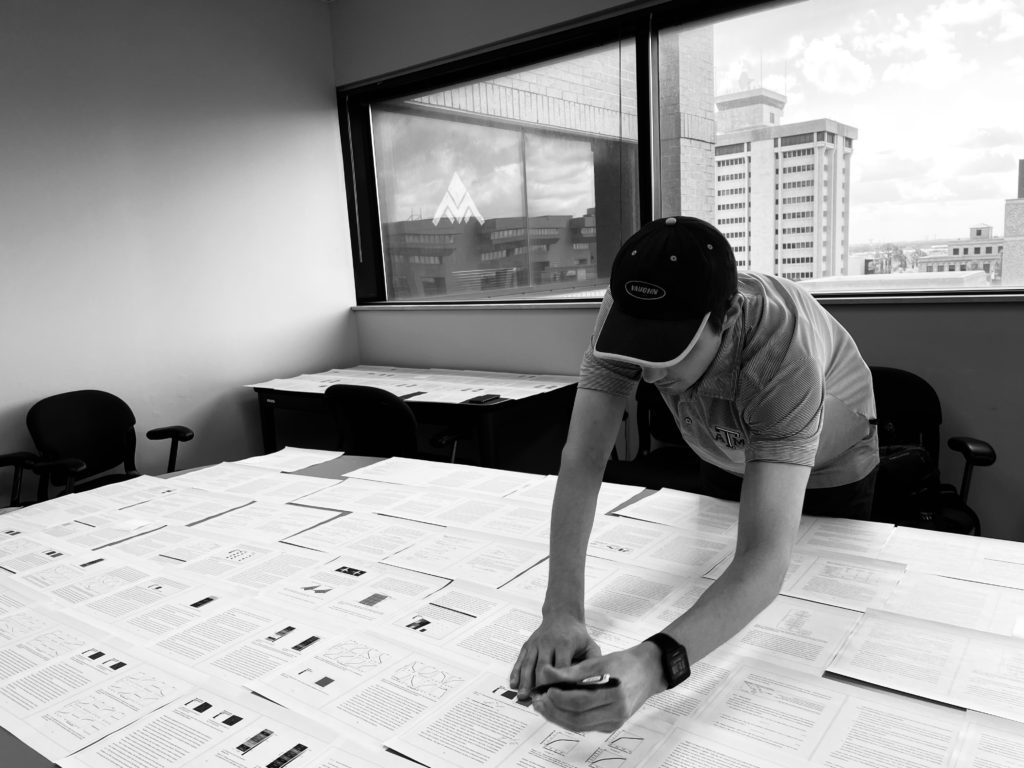On June 15, 2022, Patrick Walgren became the latest student to successful complete his doctoral degree in Aerospace Engineering under Dr. Darren Hartl. Patrick joined the MAESTRO Laboratory after completing his B.S. in Mechanical Engineering at Lehigh University. He has taken a position at the Air Force Research Laboratory as a National Research Council Postdoctoral Researcher, a prestigious position sponsored by the American Academy of Arts and Sciences.

The full text of Dr. Walgren’s dissertation abstract is as follows:
“Can the mathematical framework developed for constitutive nonlinearities be extended to arbitrary dimensions so as to capture macroscopic effects, such as structural relationships between forces and displacements? In this work, the mathematics developed to capture classical plasticity (i.e., the nonlinear relationships between the six components of stress and strain) are leveraged to describe general nonlinear force-displacement responses. Herein we develop nonlinear substructures, which provide a method to describe structural relationships between force and displacement associated with various degrees of freedom essential for prediction of global response, these being considered as only analogous to stresses and strains. We draw inspiration from linear substructure analysis, a historical structural model order reduction method. Given only one initial analysis considering all degrees of freedom, this previous technique reduces the computational cost associated with subsequent analyses of the same component by eliminating degrees of freedom which are not essential for interfacing the component with a larger system/assembly and/or for providing essential engineering performance information. In this new work, linear substructure analysis is extended to consider general nonlinear responses by leveraging the mathematical framework developed for computational plasticity. While the latter provides nonlinear constitutive relationships between six independent stress and strain components, we show that the same mathematical formulation can capture similar relations between an arbitrary number of forces and displacements (i.e., the retained degrees of freedom). The developed nonlinear substructure method is then demonstrated by analyzing a sweep morphing wing comprised of an array of multi-material unit cells at reduced computational cost but sufficient accuracy.“
